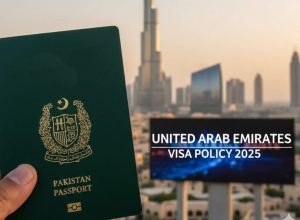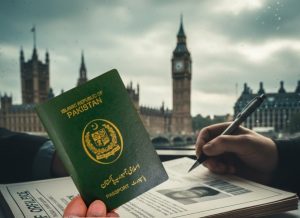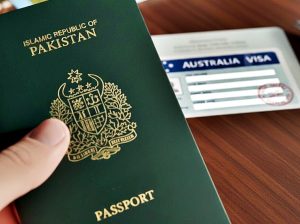BERLIN – Europe’s Schengen visa application process is set to go digital, eliminating the need for stickers in passports, as announced by EU foreign ministers on Monday.
The new online platform will simplify the application process, allowing travelers to upload documents and pay fees digitally, and upon approval, applicants will receive a cryptographically signed barcode.
While this change aims to streamline the process, some first-time applicants or those with new passports may still require in-person appointments.
The Digitalization follows global trends, with countries like Australia already employing similar online visa systems. The initiative also aligns with broader plans, including the European Travel Information and Authorisation System (ETIAS) and the automated EU Entry/Exit System (EES).
Commenting on the development, Spain’s Interior Minister Fernando Grande-Marlaska said the online visa system will simplify the application process for travelers.
As far as the timeline for implementation is concerned, it will take effect three weeks after it is published in the EU’s administrative gazette.
What is the Schengen Zone
The zone was created in 1985 and allows people and goods to travel freely, usually without showing travel or customs documents. This creates oppurtunities for tourism-related revenue for the countries and offers virtually no hurdle for travelers.
The following are part of the zone along with Croatia:
Austria, Belgium, the Czech Republic, Denmark, Estonia, Finland, France, Germany, Greece, Hungary, Iceland, Italy, Latvia, Liechtenstein, Lithuania, Luxembourg, Malta, the Netherlands, Norway, Poland, Portugal, Slovakia, Slovenia, Spain, Sweden and Switzerland.
As far as the visa requirements are concerned, the Schengen Zone allows nationals of certain countries to enter the Schengen Area via air, land or sea without a visa for stays of up to 90 days within a 180-day period while determining the criteria others must meet when making similar visits to Schengen states.
Nationals of EU countries are not only visa-exempt but are legally entitled to enter and reside within each other’s borders visa-free. This freedom of movement can, however, be limited in rare cases, as stipulated by EU treaties.














